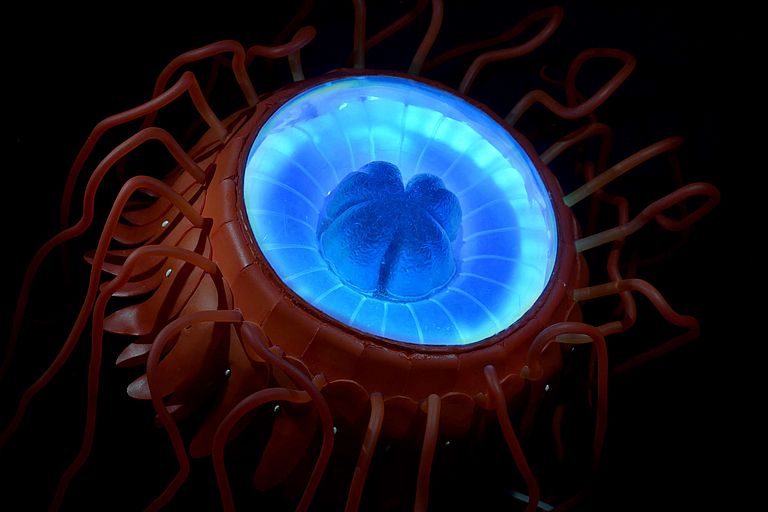Communication & Media
GEOMAR Helmholtz Centre for Ocean Research Kiel
Wischhofstr. 1-3
24148 Kiel
GERMANY
e-mail: outreach@geomar.de
The deep sea is the largest continuous habitat on earth. It is characterized by eternal darkness, paralyzing cold, enormous pressure and constant food shortage. Nevertheless, countless fascinating, highly specialized animals and microorganisms live there. Exploring the deep sea is a great challenge for scientists because of the physical conditions there. The technology required for this is just as complex as the equipment used to explore the universe. So far, we know less about the deep sea than we do about the back of the moon. In cooperation with GEOMAR, the Senckenberg Natural History Museum in Frankfurt is dedicating two new theme rooms to the deep sea and marine research. The curators Dr. Thorolf Müller (Senckenberg) and Dr. Gerd Hoffmann-Wieck (GEOMAR) have developed an exhibition that appeals to all senses. The deep sea theme room, for example, is kept dark, the floor is soft, and a deep sea shoal of one-to-one models of an eight-meter-long giant squid or oarfish hangs from the ceiling. In the exhibition section "Marine Research" visitors can virtually dive into the deep sea in a replica control container of an underwater robot.


